Sebum cysts
Definition of sebum cysts
A sebum cyst is also known as an atheroma in medical terminology. This term comes from the Greek and means something like wheat groats. Colloquially, sebum gland cysts are also known as groats. They are benign structures of the skin that arise when the duct of a sebum gland is blocked by the sebum secretion.
Read more on the topic:
- Groats bags
- Atheroma - You Must Know That!
A distinction is made between so-called epidermoid cysts and trichilemmal cysts. They hardly differ in their appearance. Epidermoid cysts are more likely to be found on the back or face, whereas trichilemmal cysts are mostly located on the scalp. The difference between epidermoid cysts and trichilemmal cysts is that the former have an outlet duct that is connected to the surface of the skin. This can look like a small yellow dot. Trichilemmal cysts, on the other hand, are located under the top layer of skin and have no open connection to the outside world.

Causes of sebum cysts
Most sebum cysts develop for no apparent cause.
Young adults in particular are affected. They are often associated with acne, which is more common. In this case, one also speaks of secondary sebum cysts, as they arise as part of an underlying disease, namely acne. So-called primary sebum gland cysts that develop on healthy skin without a previous illness usually have no tangible cause. They arise from blocked ducts of the sebum glands. However, why this happens to one and not to the other is not clear. In very rare cases, sebum gland cysts occur with hereditary genetic defects. Then, however, a large number of sebum cysts can be found. Such genetic defects have been described for the occurrence of trichilemmal cysts, which are mainly found on the scalp.
You might also be interested in: Acne- That works best
Diagnosis of sebum cysts
The diagnosis of a sebum cyst is usually made clinically. This means that the diagnosis is made through an examination based on the symptoms and appearance of the condition. A sample from the affected tissue does not have to be examined separately.
For the sake of thoroughness, the entire skin should be examined once, especially if several sebum cysts appear. Based on the appearance of the skin, possible underlying diseases such as acne or a rare basal cell nevus syndrome can be determined. The latter is a rare, hereditary syndrome that is associated, among other things, with the increased occurrence of sebum cysts.
The question of the medication taken is also important for the diagnosis. Taking the drug ciclospoprin A, for example, can lead to an increased incidence of sebum cysts.
Concomitant symptoms
As a rule, sebum cysts do not cause symptoms. They are usually symptom-free and only represent a cosmetic problem for those affected.
Sebaceous cysts rarely cause symptoms such as pain, increased swelling, and redness. That is the case when they are inflamed.
Inflammation is more common after a sebum cyst is improperly squeezed or pricked. Then bacteria can get into the cyst and cause severe inflammation. In the worst case, this can lead to blood poisoning (sepsis) or an abscess. Then a sebum cyst has to be operated on.
Trichilemmal cysts of the scalp can sometimes become very large, so that those affected find them extremely annoying. Malignant tumors can develop from sebum gland cysts only in very rare cases.
How can you remove a sebum cyst?
Sebaceous cysts can usually be removed with local anesthesia.
They should be removed with their entire capsule or their cyst sac, as otherwise the cysts left in the skin can cause the cyst to return. The cysts should not be squeezed as this can cause inflammation.
If several cysts are found on different parts of the body, laser removal is also possible. However, laser removal may only be performed if the diagnosis is certain. If a malicious structure is suspected, laser removal should not be performed. In this case, surgical removal would also be the method of choice. Surgical removal also leads to cosmetically satisfactory results with very small to invisible scars. The healing takes place without complications. No severe pain is expected after removal.
Read more on this topic: Remove sebum glands
Localization of sebum cysts
Sebum gland cysts in the genital area
There are also countless valley glands in the genital area, which are very important for protecting the skin.
Unfortunately, these sebum glands can also give rise to sebum cysts. Many sufferers are ashamed of the cysts and find them extremely unaesthetic, especially in this area of the body. If the cysts become infected, they are very painful and must be removed to avoid complications. Removal is also possible in the genital area and should be carried out if the sebum cysts disturb or cause discomfort.
Sebaceous cysts on the head
The so-called trichilemmal cysts are mainly found on the head. These are benign sebum cysts on the scalp that do not cause any symptoms. They can be felt as easily movable knots under the scalp and are usually hairless. Their surface shines a little, their appearance is often described as resilient. They can sometimes be very large and therefore perceived as annoying by those affected. There are usually several such cysts. On average, women are more often affected than men.
These sebum cysts can be surgically removed if they interfere. It is important to remove the entire cyst sac, otherwise cysts can develop in the same place.
Sebum cysts on the labia
Many sebum glands can be found in the intimate area of women, including on the labia. Therefore sebum cysts can also develop in this area.
A sebum cyst of the labia should not be confused with what is known as bartholinitis. This is a painful bacterial infection of the Bartholin's gland, which leads to a one-sided swelling at the back of the labia. A sebum cyst, on the other hand, is a painless swelling that can be felt like a small nodule. However, it can also become infected and cause pain. Sebum cysts of the labia can be removed if they cause discomfort or pose a cosmetic problem.
Read more about this: Bartholinitis
Sebum gland cysts on the scrotum
Sebum cysts can also appear on the scrotum.
The appearance of multiple cysts on the scrotum is also known as sebocystomatosis scroti. They do not pose a threat to sexual function, but in most cases they are a cosmetic problem for those affected.
In addition, improper squeezing or pricking can cause the cysts to become inflamed and infected. In this case, complications such as abscesses are possible. Most of the time, those affected want the cysts to be removed without any symptoms. This is also possible without problems in this area.
Sebaceous cysts on the back
The back is a common site of sebum cysts.
These cysts are epidermoid cysts that are connected to the surface of the skin through their duct. Before young people are affected by the pesky cysts. As part of acne, the cysts appear in large numbers on the back and are not infrequently inflamed. Inflamed cysts are treated with antibiotics that are taken as tablets before they can be surgically removed.
Prognosis of sebum cysts
Sebum gland cysts are benign growths on the skin. Healing is achieved in most cases by completely removing the sebum cyst.
Trichilemmal cysts of the scalp usually do not recur if they are completely removed. However, if cyst remains are to remain in the skin, sebum cysts can develop again in the same place.
The epidermoidysts can also be completely removed. Underlying diseases, such as acne, lead to the recurrence of the cysts in other parts of the body. However, isolated sebum cysts can be completely removed very easily without their recurrence.

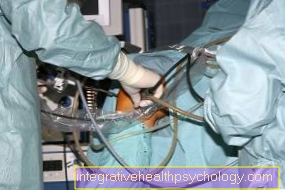
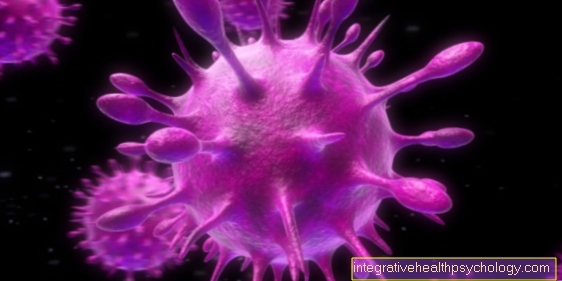





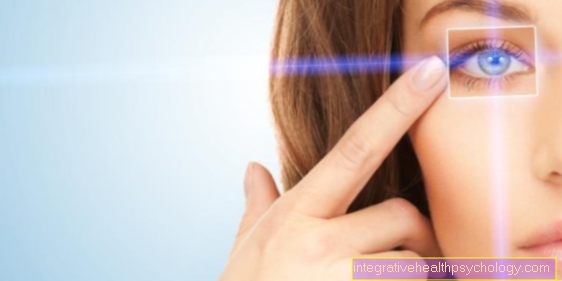

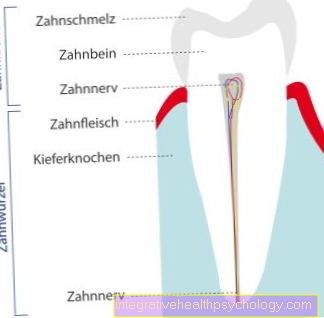

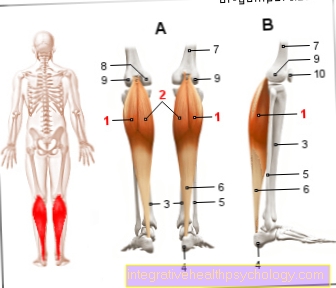





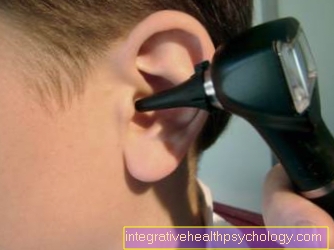
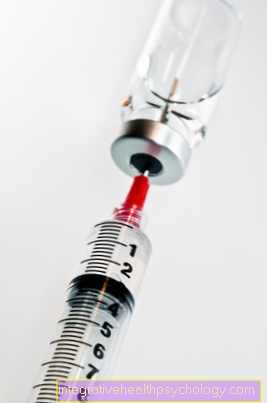

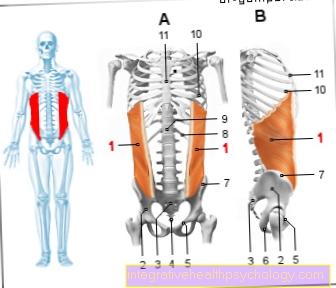


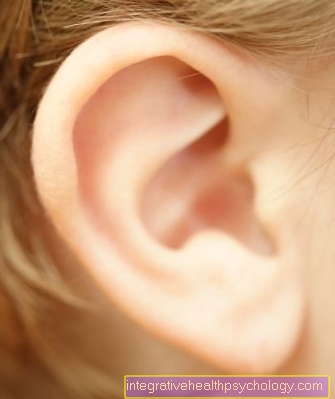

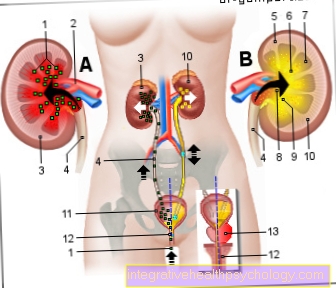


.jpg)